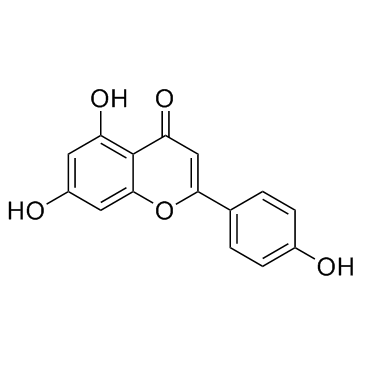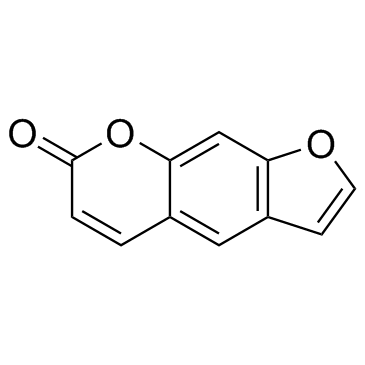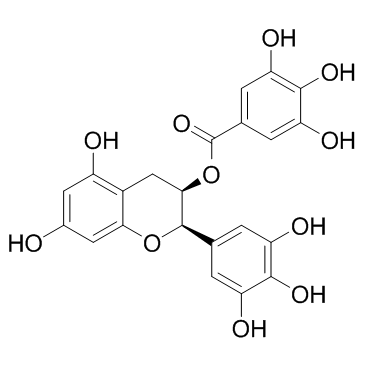| Structure | Name/CAS No. | Articles |
|---|---|---|
 |
Naringin
CAS:10236-47-2 |
|
 |
Formic Acid
CAS:64-18-6 |
|
 |
Acetonitrile
CAS:75-05-8 |
|
 |
Water
CAS:7732-18-5 |
|
 |
Resveratrol
CAS:501-36-0 |
|
 |
Apigenin
CAS:520-36-5 |
|
 |
Psoralen
CAS:66-97-7 |
|
 |
Tolbutamide
CAS:64-77-7 |
|
 |
(-)-Epigallocatechin gallate
CAS:989-51-5 |
|
 |
Quercetin dihydrate
CAS:6151-25-3 |